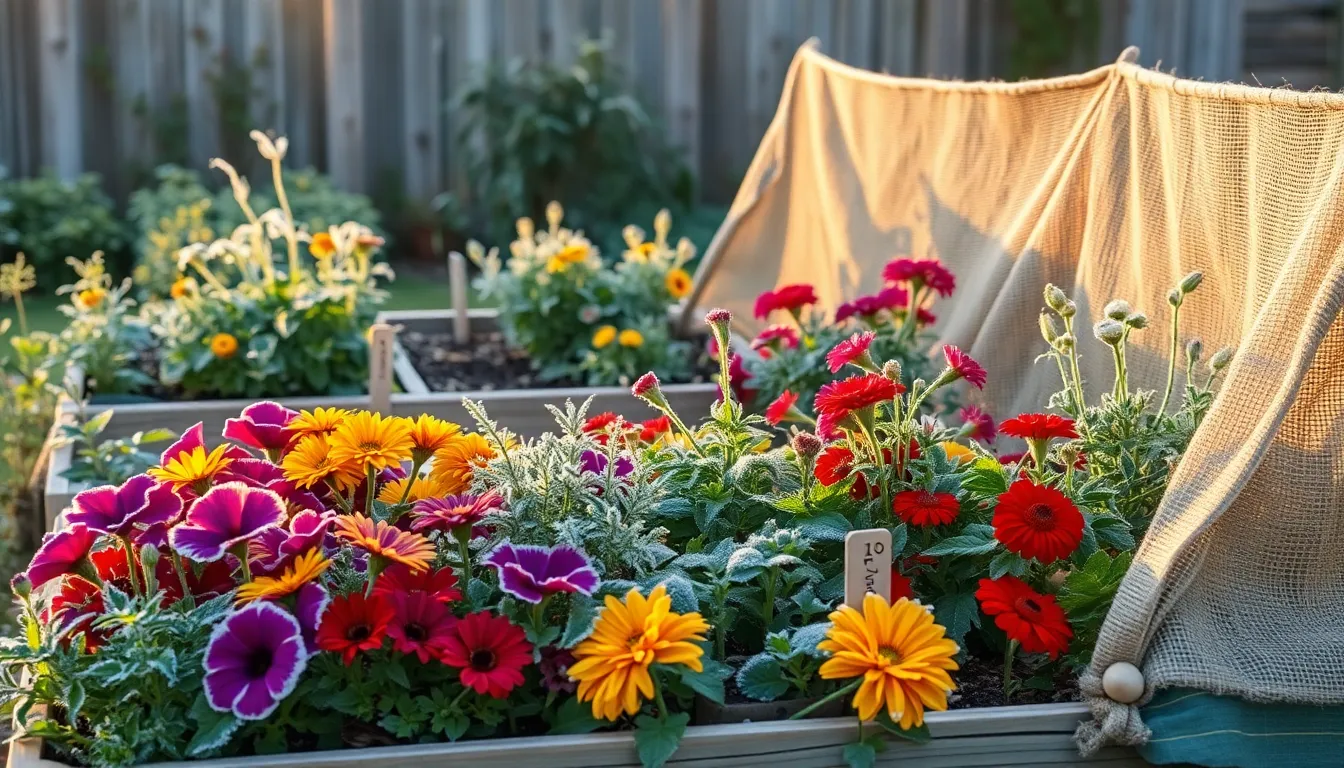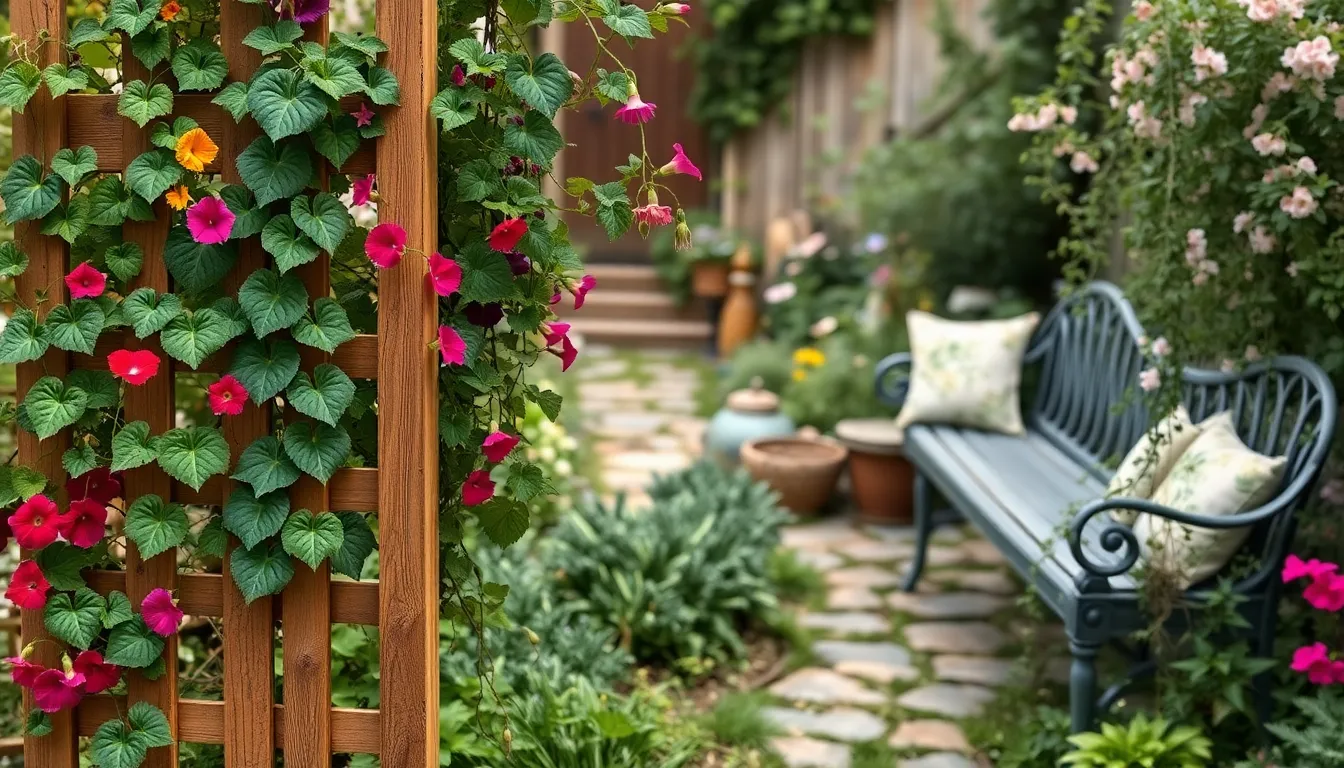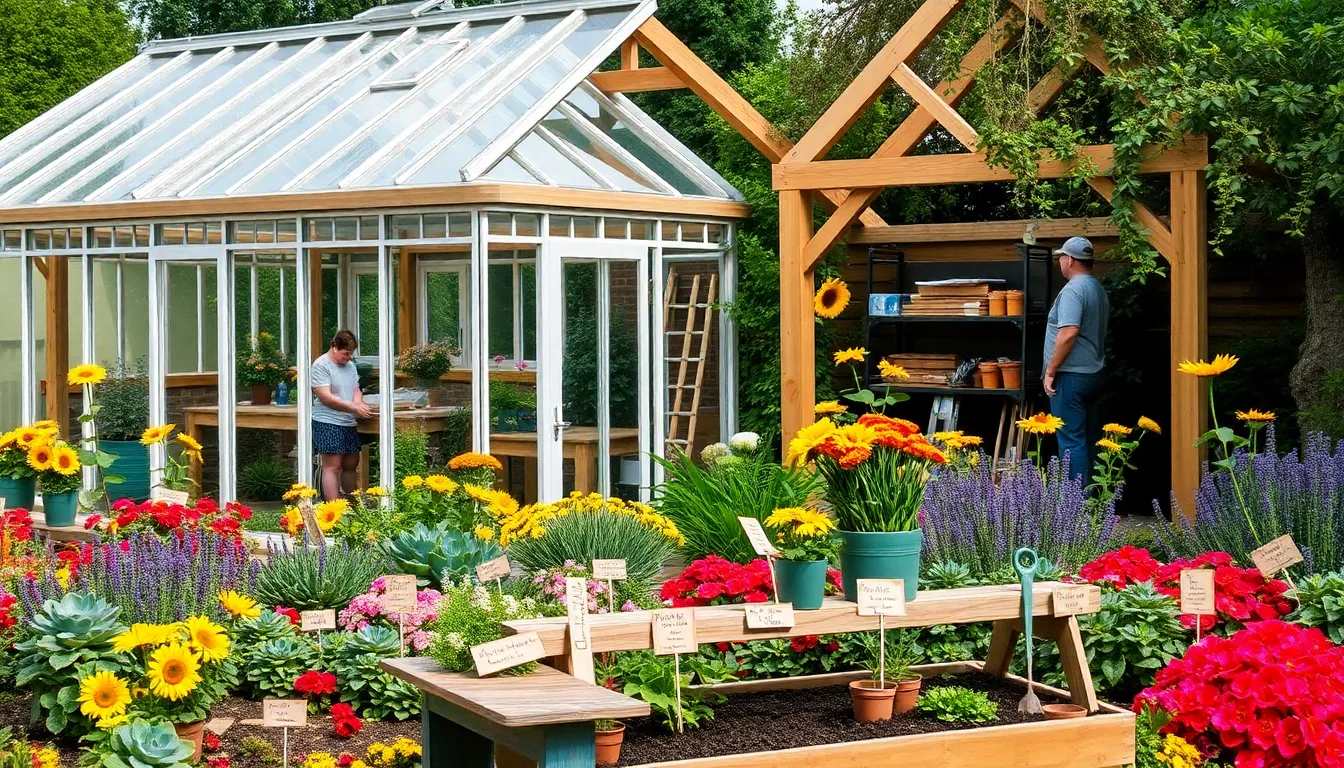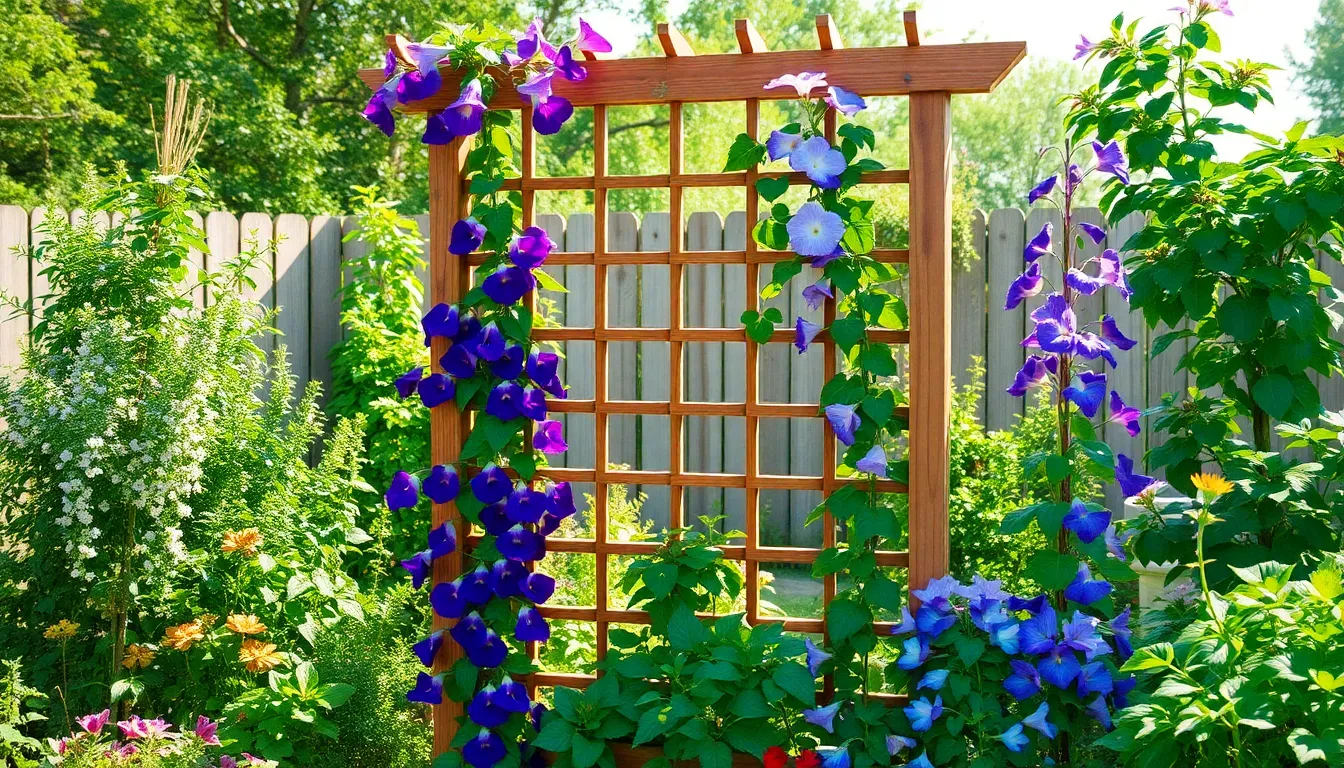Gardening is a journey filled with endless rewards, where every budding leaf and vibrant bloom brings a sense of accomplishment and joy. As the seasons change, however, frost can pose a formidable challenge to keeping your plants thriving, whether you’re a novice gardener just starting out or a seasoned green thumb.
This guide, “Expert Tips For Protecting Plants From Frost,” is your trusted companion in safeguarding your garden against the chill. With practical, easy-to-follow strategies, you’ll discover how to preserve the beauty and vitality of your beloved plants, ensuring they continue to flourish no matter the weather.
By mastering these frost-protection techniques, you’ll not only enhance your gardening skills but also enjoy the satisfaction of a thriving garden all year round. As you apply these expert tips, you’ll gain confidence in your ability to nurture and protect each precious plant, transforming potential winter woes into a season of growth and success.
Cover Plants with Frost Cloth
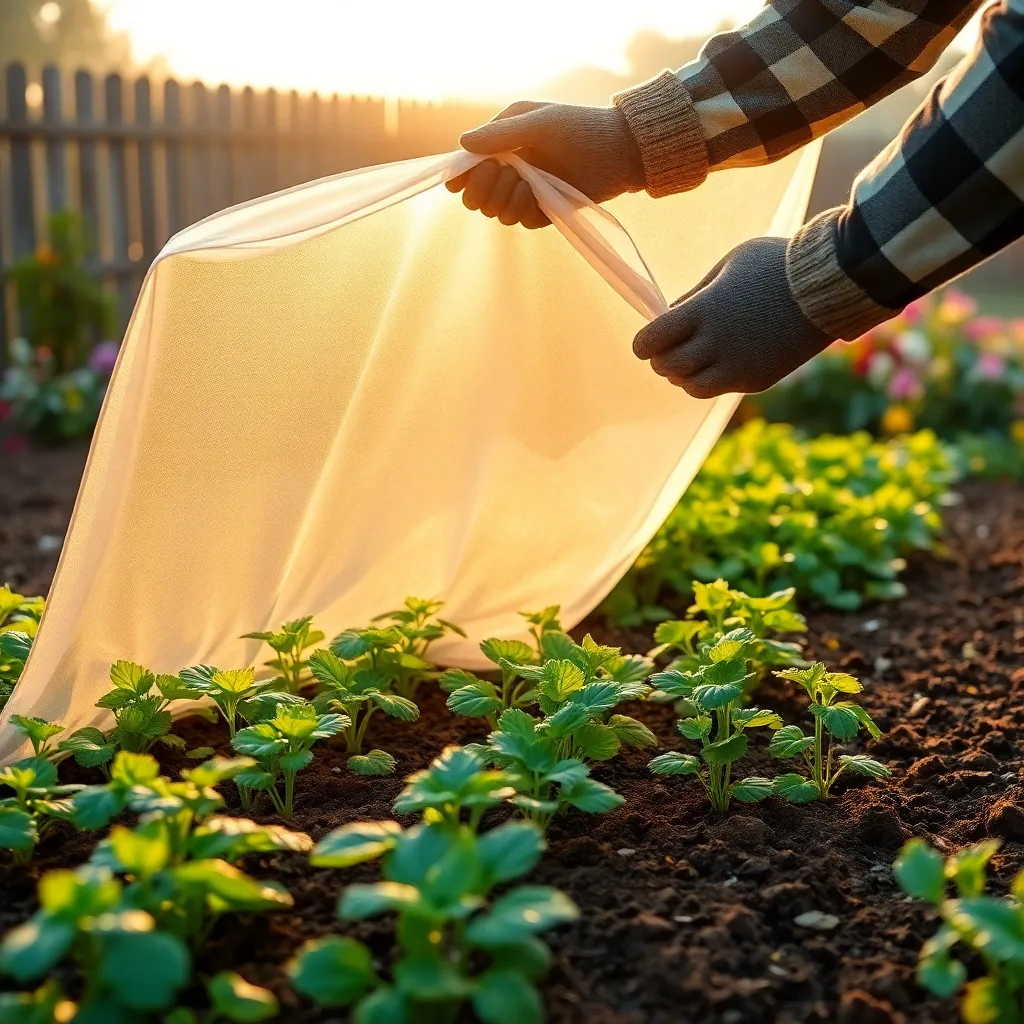
Frost cloths are an excellent tool for protecting your plants from cold damage. They are typically made of lightweight, breathable fabric that allows light and moisture to reach your plants while providing a buffer against low temperatures.
When using frost cloths, it’s important to cover your plants completely to trap heat from the ground. Make sure the cloth extends all the way to the soil and is secured with rocks or stakes to prevent it from blowing away.
For best results, drape the frost cloth over the plants in the late afternoon before the frost sets in. This will help retain heat accumulated during the day, offering additional protection to your plants overnight.
Experienced gardeners often utilize frost cloths in conjunction with other methods like mulching for added insulation. By combining techniques, you can maximize the protection and minimize the frost damage to your cherished plants.
Water Plants Before Frost Arrives
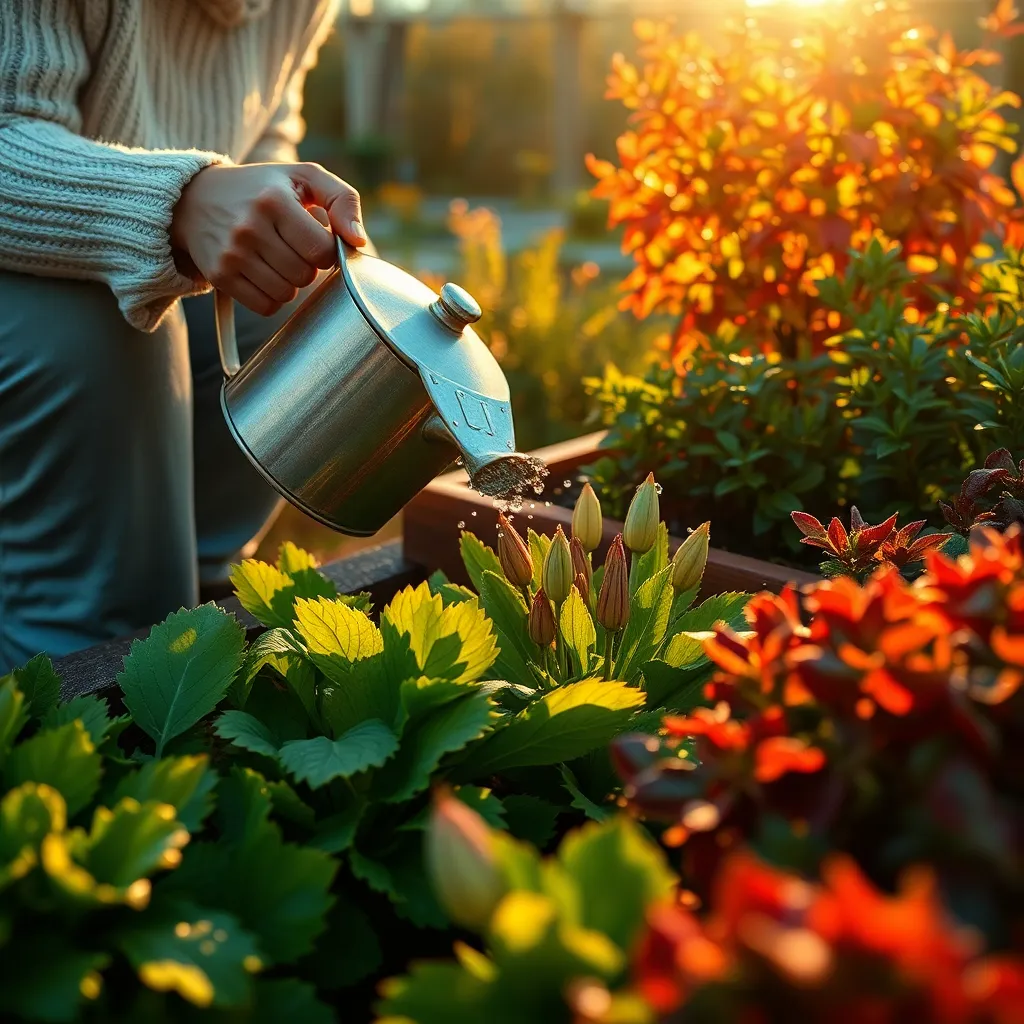
Before frost arrives, ensuring your plants are well-watered is a crucial step in protecting them. Moist soil holds heat better than dry soil, which can help maintain a slightly higher temperature around the plant roots during cold nights.
Watering should be done in the morning so that the plant has time to absorb moisture and for any excess to evaporate. This prevents the risk of freezing water on the leaves, which could cause more harm than good.
For beginners, it is recommended to check the soil moisture by inserting your finger about an inch deep into the ground. If it feels dry, it’s time to water; otherwise, wait another day or two before checking again.
Advanced gardeners might consider using mulch after watering to further insulate the soil and retain moisture. Mulch not only keeps the soil warmer but also helps in preventing rapid temperature fluctuations that can disrupt plant growth.
Use Mulch to Insulate Roots
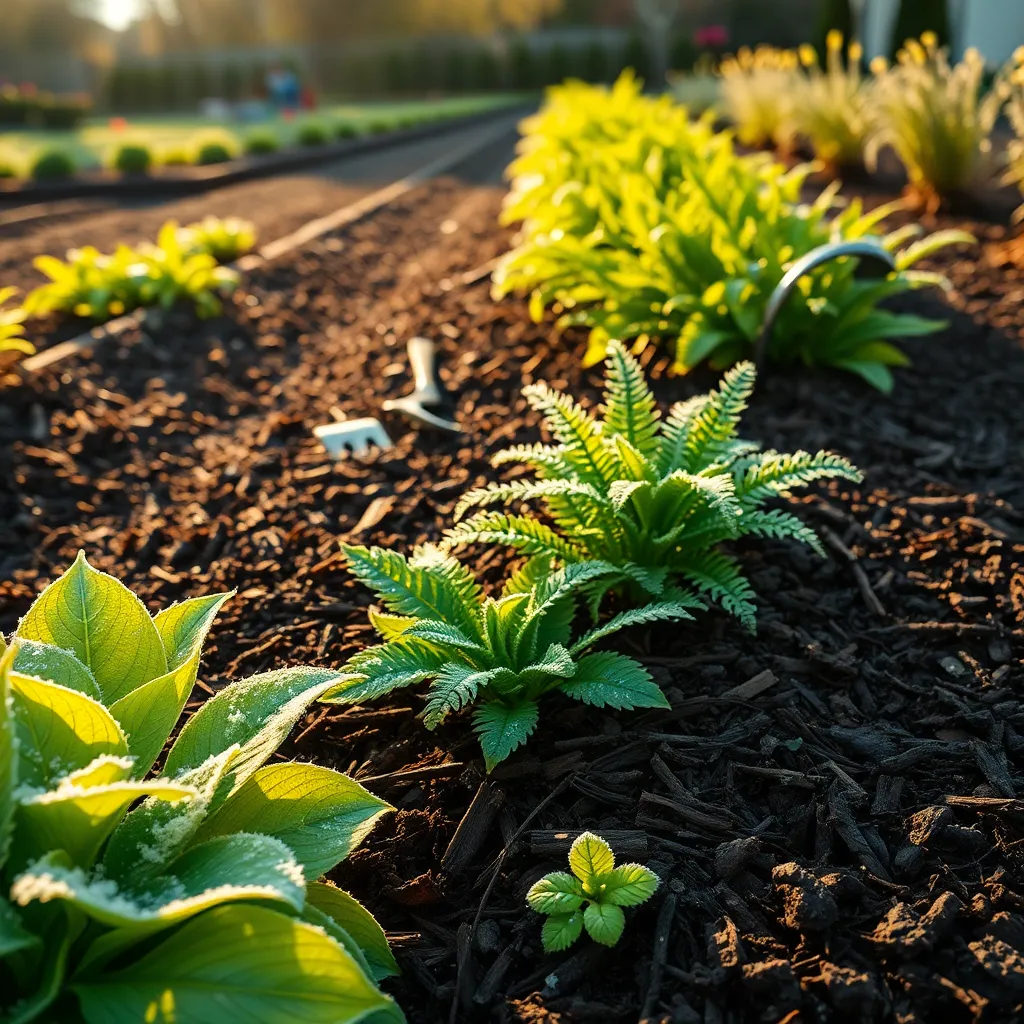
Mulching is an effective way to protect plant roots from the harsh effects of frost. By applying a thick layer of organic mulch, such as straw or wood chips, you create a barrier that helps retain soil warmth and moisture.
Spread mulch around the base of plants to a depth of 2 to 4 inches, being careful not to pile it directly against the stems. This not only insulates the roots but also prevents water loss, which is crucial during cold spells.
For beginner gardeners, using mulch is a simple yet critical step in winterizing a garden. Ensure the soil is moist before applying mulch, as dry soil loses heat more rapidly, making frost damage more likely.
Advanced gardeners may consider using a heavier mulch, such as bark or compost, for additional insulation in climates with extremely low temperatures. Additionally, covering the mulch layer with a frost cloth can provide an extra level of protection during severe frost events.
Move Potted Plants Indoors
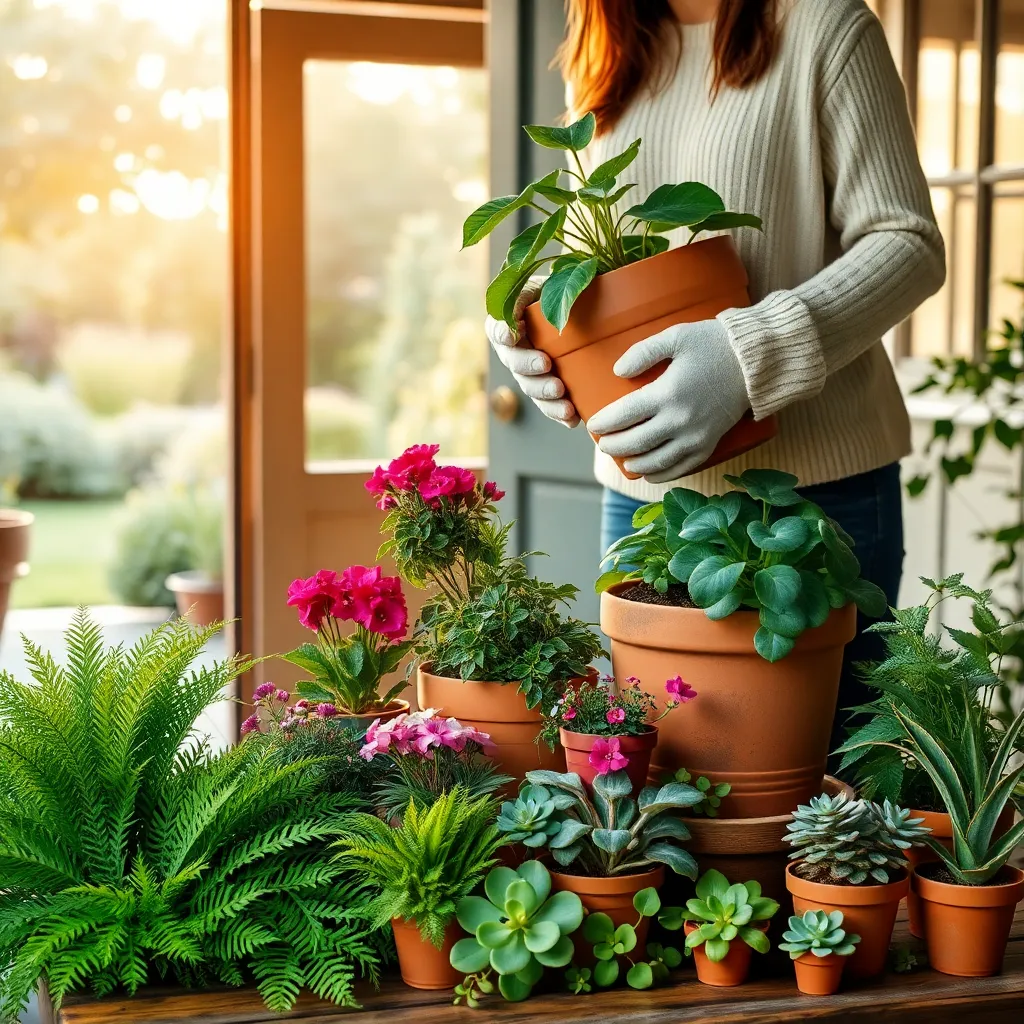
To protect potted plants from frost, it’s essential to move them indoors before temperatures drop too low. Start by choosing a suitable location inside your home that offers enough light, such as a south-facing window, which mimics the natural conditions outdoors.
When transitioning plants indoors, gradually acclimate them to their new environment over a week. Begin by bringing them inside for a few hours each day, increasing the duration to prevent shock from sudden changes in light and temperature.
Ensure your indoor space has the right humidity levels, as many plants struggle with dry indoor air during winter. Consider using a humidifier or grouping plants together to naturally increase humidity, promoting healthier growth.
Watering needs may change indoors, so monitor soil moisture regularly. Use a well-draining potting mix and water only when the top inch of soil feels dry to the touch, helping prevent overwatering, which can lead to root rot.
Install Windbreaks for Protection

Creating a windbreak is an effective strategy to shield your plants from harsh winter winds and frost. By strategically planting trees, shrubs, or installing fences, you can create a barrier that reduces wind speed and protects your garden’s microclimate.
To begin, identify the predominant wind direction in your area during the winter months. This information will help you position your windbreak effectively, ensuring maximum protection for your plants.
Consider using a mix of evergreen and deciduous shrubs to create a dense windbreak that offers year-round protection. Evergreens are particularly useful as they maintain their foliage throughout the winter, providing continuous shelter.
For those with limited space, installing a temporary structure such as a burlap fence can also be an effective solution. Ensure the fence is securely anchored to withstand strong winds, and position it to allow adequate light and air circulation for your plants.
Conclusion: Growing Success with These Plants
In your journey to safeguard the delicate blossoms of your relationships, this article has equipped you with five essential strategies: understanding the importance of consistent communication, nurturing trust as a foundation, setting healthy boundaries, practicing empathy, and embracing flexibility during challenging times. Just as plants need protection from the frost, relationships require mindful care to thrive in any season.
As an actionable next step, choose one of these concepts to focus on today. Perhaps initiate a heartfelt conversation with your partner or set aside time to listen intently, offering the kind of warmth and understanding that builds stronger connections.
Remember, nurturing relationships is a journey, not a destination. Save this article as a valuable reference, a guide you can revisit whenever you need a reminder of these nurturing principles. Click “bookmark” now to ensure these insights are always within reach.
Looking ahead, envision the flourishing success of your relationships. With patience and dedication, you can cultivate bonds that withstand any storm, blossoming into something beautiful and enduring. Take action today, and watch your relationships grow stronger and more resilient with each passing day.

